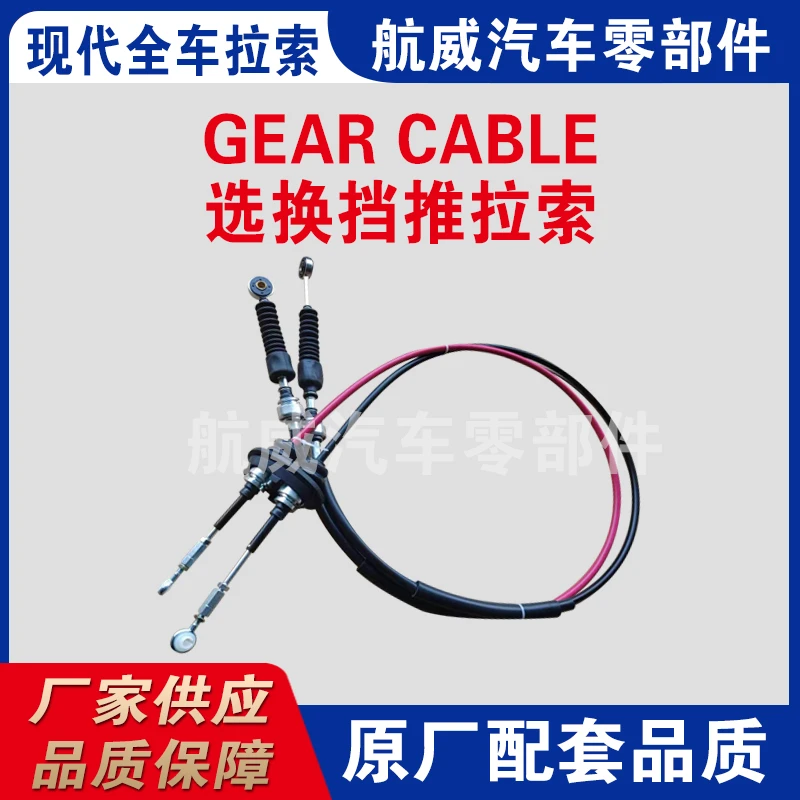Understanding the Functionality of Gas Pedal and Cable Mechanisms in Vehicles
Understanding the Gas Pedal and Cable in Automotive Mechanics
The gas pedal, also known as the accelerator pedal, is one of the most crucial components of any vehicle's control system. It is largely responsible for regulating the power output of the engine, allowing drivers to control their speed and acceleration with intuition and precision. While many modern vehicles have transitioned to electronic throttle control systems, the traditional mechanical setup featuring a gas pedal and a cable remains prevalent in various older models and certain performance-oriented vehicles. Understanding how this system works is essential for both automotive enthusiasts and everyday drivers.
The Basics of the Gas Pedal Mechanism
At its core, the gas pedal operates on a straightforward principle pressing the pedal allows more air and fuel into the engine, resulting in increased power and acceleration. When a driver pushes down on the gas pedal, a series of mechanical actions are triggered. The pedal is connected to a cable that runs to the throttle body on the engine. This cable, often referred to as the throttle cable, is a flexible wire that translates the driver’s input into movement.
Components of the Gas Pedal System
1. Gas Pedal The pedal itself is typically made of durable plastic or metal and is designed to withstand significant wear and tear. Its ergonomic design allows for easy and comfortable foot positioning, which is crucial for prolonged driving without fatigue.
2. Throttle Cable The throttle cable is a vital component that connects the gas pedal to the throttle body. This cable is usually composed of a steel wire encased in a protective sheath, ensuring it remains durable and resistant to the elements. The cable must be correctly tensioned to ensure it responds effectively to the driver's inputs.
3. Throttle Body When the gas pedal is depressed, the throttle cable pulls on a lever at the throttle body, which controls the opening of a butterfly valve. This valve regulates the amount of air entering the intake manifold, directly affecting how much fuel the engine can consume and ultimately determining the vehicle's speed.
gas pedal and cable

Functioning of the Gas Pedal and Cable
The operation begins when the driver presses the gas pedal. The distance the pedal is depressed corresponds to how much the throttle valve opens. The more the pedal is pressed, the more air enters the engine, and the greater the power output will be. Once the throttle body opens, vacuum pressure in the intake manifold draws fuel into the air stream, allowing for efficient combustion.
However, it's important to note that the efficiency of this system relies heavily on the condition of the throttle cable. A frayed or worn-out cable can result in inconsistent throttle response, potentially causing delays in acceleration or even stalling. Regular maintenance checks can prevent such issues, ensuring both safety and performance.
Advantages of Mechanical Systems
One of the major benefits of using a gas pedal and cable system is its simplicity. Mechanical systems are often more straightforward and less prone to electronic failures compared to their modern counterparts. For performance enthusiasts, this direct connection between the pedal and the throttle can offer a more engaging driving experience. Drivers can feel the exact response of the engine as it eagerly picks up speed, leading to a more visceral connection between man and machine.
Conclusion
In summary, the gas pedal and cable system is a fundamental element in the functioning of a vehicle. It bridges the driver’s intention with the vehicle’s performance, providing a direct and immediate means of acceleration. While technology continues to advance with the introduction of drive-by-wire systems and other electronic controls, the traditional gas pedal and cable setup remains a beloved choice for many, especially among purists who appreciate the tactile and direct engagement it offers. Understanding its functionality not only enhances a driver’s appreciation for their vehicle but also extends to better maintenance practices, ensuring both longevity and reliability on the road. As automotive technology continues to evolve, this classic mechanism will undoubtedly retain its significance in the hearts of many car enthusiasts.
-
Workings of Clutch Pipe and Hose SystemsNewsJun.04,2025
-
The Inner Workings of Hand Brake Cable SystemsNewsJun.04,2025
-
The Secrets of Throttle and Accelerator CablesNewsJun.04,2025
-
The Hidden Lifeline of Your Transmission Gear Shift CablesNewsJun.04,2025
-
Demystifying Gear Cables and Shift LinkagesNewsJun.04,2025
-
Decoding Clutch Line Systems A Comprehensive GuideNewsJun.04,2025
